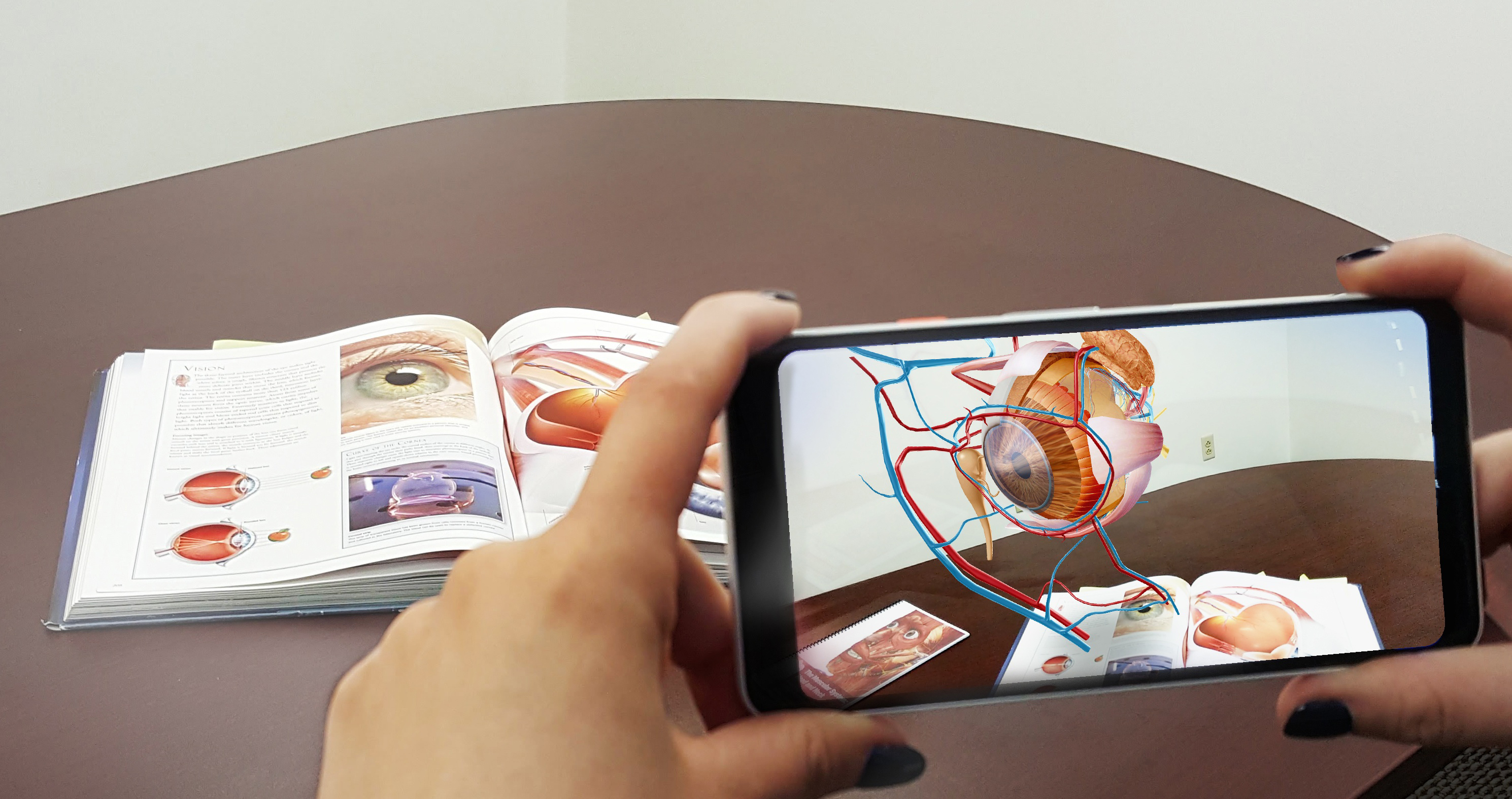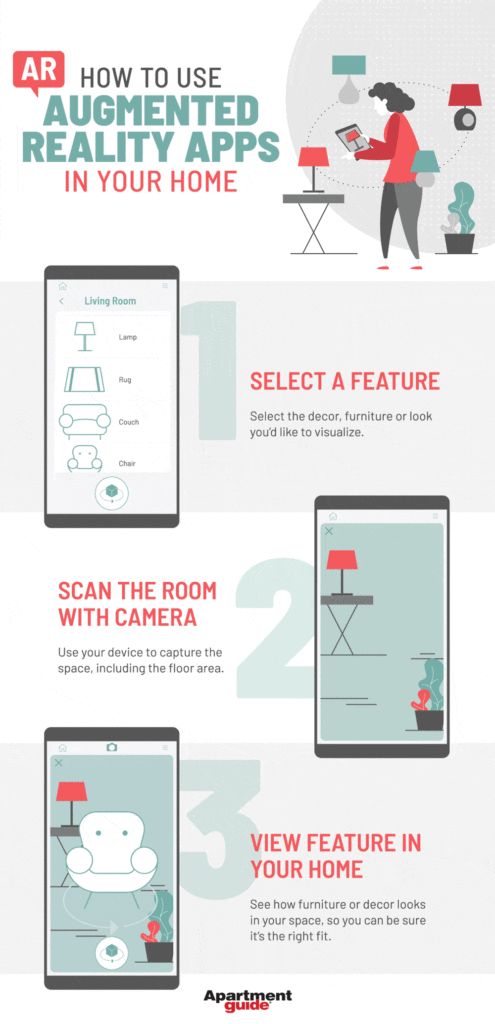In recent years, technology has revolutionized the way we learn and interact with the world around us. One of the most innovative technologies that have transformed the education sector is Augmented Reality (AR). Augmented Reality is a digital technology that overlays computer-generated images onto real-world environments, creating a hybrid experience that blends the virtual and physical worlds. AR has become increasingly popular in education as it offers a unique and immersive learning experience that engages students in a way that traditional teaching methods cannot.
Augmented Reality in education is transforming the way students learn by providing interactive and engaging experiences that enhance their understanding of complex concepts. This technology allows students to visualize abstract concepts in a tangible and interactive way, making learning more hands-on and experiential. In addition, AR can be used to simulate real-world scenarios, enabling students to practice and develop practical skills in a safe and controlled environment. As a result, augmented reality is becoming an integral part of the modern classroom, enhancing the learning experience and preparing students for the challenges of the future.
Augmented Reality in Education is an immersive technology that overlays digital content on the physical environment. It allows students to engage in learning in a more interactive way and can be used to enhance existing curriculum. It can be used to create virtual classrooms and virtual field trips, and it can also be used to teach concepts such as mathematics, chemistry, and physics in a more engaging way.
For example, a teacher can use an augmented reality application to show a 3D model of a molecule, which can help students to better understand the concept of molecular structure. Similarly, a teacher can use augmented reality to create a virtual field trip to a historic site, allowing students to explore the environment and learn about the history of the location.
Augmented reality can also be used to create virtual reality simulations, allowing students to explore and learn about different scenarios in a safe and controlled environment. For example, a teacher can use augmented reality to create a virtual reality simulation of a fire, allowing students to learn about fire safety and how to respond in an emergency situation.

What is Augmented Reality in Education?
Augmented reality is a technology that utilizes digital elements and overlays them onto the physical world. This technology has become increasingly popular in education, as it is used to create engaging learning experiences for students. Augmented reality in education can be used to simulate real-world situations, provide visual guidance, and give students the opportunity to interact with their learning environment in new and exciting ways.
Uses of Augmented Reality in Education
Augmented reality in education has a variety of uses, including providing virtual tours of important historical sites, aiding in the teaching of complex concepts, and providing interactive learning activities. Augmented reality can be used to create simulations that allow students to explore and interact with their environment, such as a virtual chemistry lab or a virtual dissection of a frog. It can also be used to create interactive lessons and games that engage students in the learning process and help them understand a concept more easily.
Augmented reality can also be used to provide step-by-step instructions for completing tasks and projects, such as building a model bridge or designing a robot. By providing visual guidance, augmented reality can help students understand the steps required to complete a task and give them the confidence to complete it successfully. Augmented reality can also be used to create engaging learning activities, such as scavenger hunts and treasure hunts, to make learning more fun and engaging.
Benefits of Augmented Reality in Education
Augmented reality in education has many benefits, including increased engagement, improved learning outcomes, and enhanced student motivation. By providing interactive, immersive learning experiences, augmented reality can help students stay engaged and motivated, allowing them to learn more efficiently. Augmented reality can also help students understand complex concepts more easily, as it can be used to provide visual or interactive guidance. Additionally, augmented reality can help students develop problem-solving and critical-thinking skills by allowing them to interact with their environment and explore different solutions.
Augmented reality can also help to reduce the cost of education, as it eliminates the need for physical textbooks and other materials. Additionally, it can be used to provide access to educational resources from anywhere in the world, allowing students to learn from the best teachers and materials. Finally, augmented reality can help to increase student collaboration and communication, as it allows students to interact with their learning environment and collaborate with each other.
Frequently Asked Questions About Augmented Reality in Education
Augmented reality (AR) has become an increasingly popular technology in the field of education, as it can provide a more interactive and engaging learning environment for students. Through AR, students can access immersive virtual environments, explore and interact with 3D objects, and develop skills in problem-solving, critical thinking, and collaboration.
What is Augmented Reality in Education?
Augmented reality in education is the use of technology to create an interactive and immersive learning experience for students. It combines real-world elements with digital content, such as 3D models, videos, and virtual environments, to create an immersive and interactive experience. Through AR, students can explore virtual reality, interact with 3D objects, and develop skills in problem-solving, critical thinking, and collaboration.
What are the Benefits of Augmented Reality in Education?
Augmented reality in education has many benefits. It can provide an engaging and interactive learning experience, as students can explore virtual reality and interact with 3D objects. AR can also be used to help students develop skills in problem-solving, critical thinking, and collaboration. Additionally, AR can be used to provide personalized learning experiences, as students can access content that is tailored to their interests and learning styles.
How Does Augmented Reality Work in Education?
Augmented reality in education works by combining real-world elements with digital content. This content can be anything from 3D models, videos, and virtual environments. Through the use of special software, students can access and interact with these digital elements in a 3D environment. This allows them to explore and learn in a more immersive and engaging way.
What Types of Technology are Used for Augmented Reality in Education?
The technology used for augmented reality in education includes smartphones, tablets, head-mounted displays, and virtual reality headsets. These devices allow students to access immersive virtual environments, explore 3D models, and interact with digital content. Additionally, special software can be used to create and deliver interactive learning experiences.
How Can Augmented Reality be Used in the Classroom?
Augmented reality can be used in the classroom in a variety of ways. It can be used to create interactive learning experiences, as students can explore virtual reality, interact with 3D objects, and develop skills in problem-solving, critical thinking, and collaboration. Additionally, AR can be used to provide personalized learning experiences, as students can access content that is tailored to their interests and learning styles. AR can also be used to facilitate group activities, such as collaborative projects and simulations.
In conclusion, augmented reality is a game-changing technology that has revolutionized the education sector. It has transformed learning from the traditional classroom setting to a more interactive, immersive and engaging experience. Through the use of AR, students can visualize complex concepts, interact with learning materials and explore various subjects in a more practical and interactive manner.
The future of education is bright with the integration of augmented reality in the classroom. As technology continues to advance, more possibilities for interactive learning will emerge. Teachers and educators must embrace this technology and incorporate it into their teaching methods to provide students with a more engaging and effective learning experience. With augmented reality, education is no longer limited to textbooks and lectures, but a whole new world of interactive and immersive learning.


